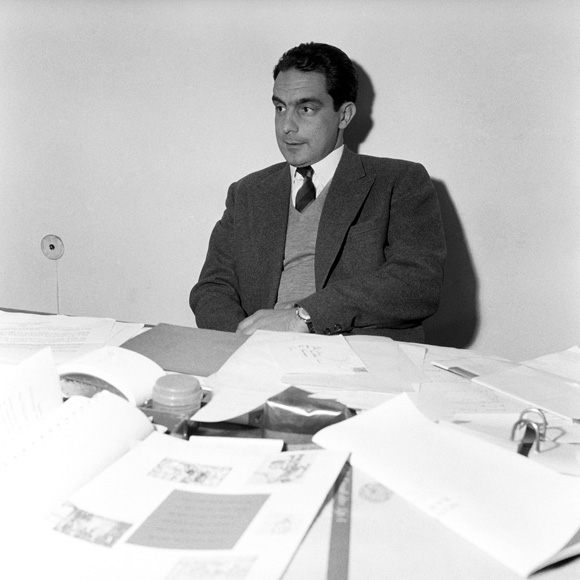Calvino’s new ideal for fiction

Adam Thirlwell on the letters of Italo Calvino.
The cosmic was Calvino’s route out of the permitted genres. All the time, Calvino was trying to find a total way of writing: it would include everything he wanted to express, from the most prosaic politics to the most abstract sign-making. And he found it in this commitment to a total natural history. Calvino is a nature writer, in a way—if you consider that this term can cover his beloved Cyrano de Bergerac as much as Galileo or Lucretius or Ovid or Ariosto, all writers who are trying to describe an entire cosmology. The cosmological is Calvino’s great subject. It is the point at which all subjects can converge.
[..]
That something might be improvised in form, hesitant, miniature, is no reason that it isn’t in fact representative of the grandest truths. Just think, after all, of the strangeness of Calvino’s works. He is a great novelist who never wrote a great novel. His works are often collections of works—stories, tales, essays: punctiform, discontinuous—gathered in collections that are given form by intricate algorithmic rules and structures. As Calvino confessed, “My work is so disparate that as soon as I find some affinities that allow me to bring different texts together, I never let the chance slip.”
But this refusal of fixed form may precisely be his greatest achievement. On September 12, 1970, he wrote to Pietro Citati: “I have been mulling over recently on what constitutes a novel, maybe because of an (at present vague) desire to go back to proclaiming the necessity of ‘novelistic’ ingredients.” There is a beautiful freedom in this perception of the “novelistic” as a simple mode. True, even Calvino was worried by his apparent intellectual mobility, the way his books seemed to differ so resolutely from each other. But perhaps the novelistic, like the essayistic, is really just a method of interrogation, a way of approaching a single problem. What would a just representation look like? This was the enigma Calvino first perceived in the Italy of the 1950s — and he framed it with such clarity and lightness that his solutions still remain useful for a future, cosmic literature.
